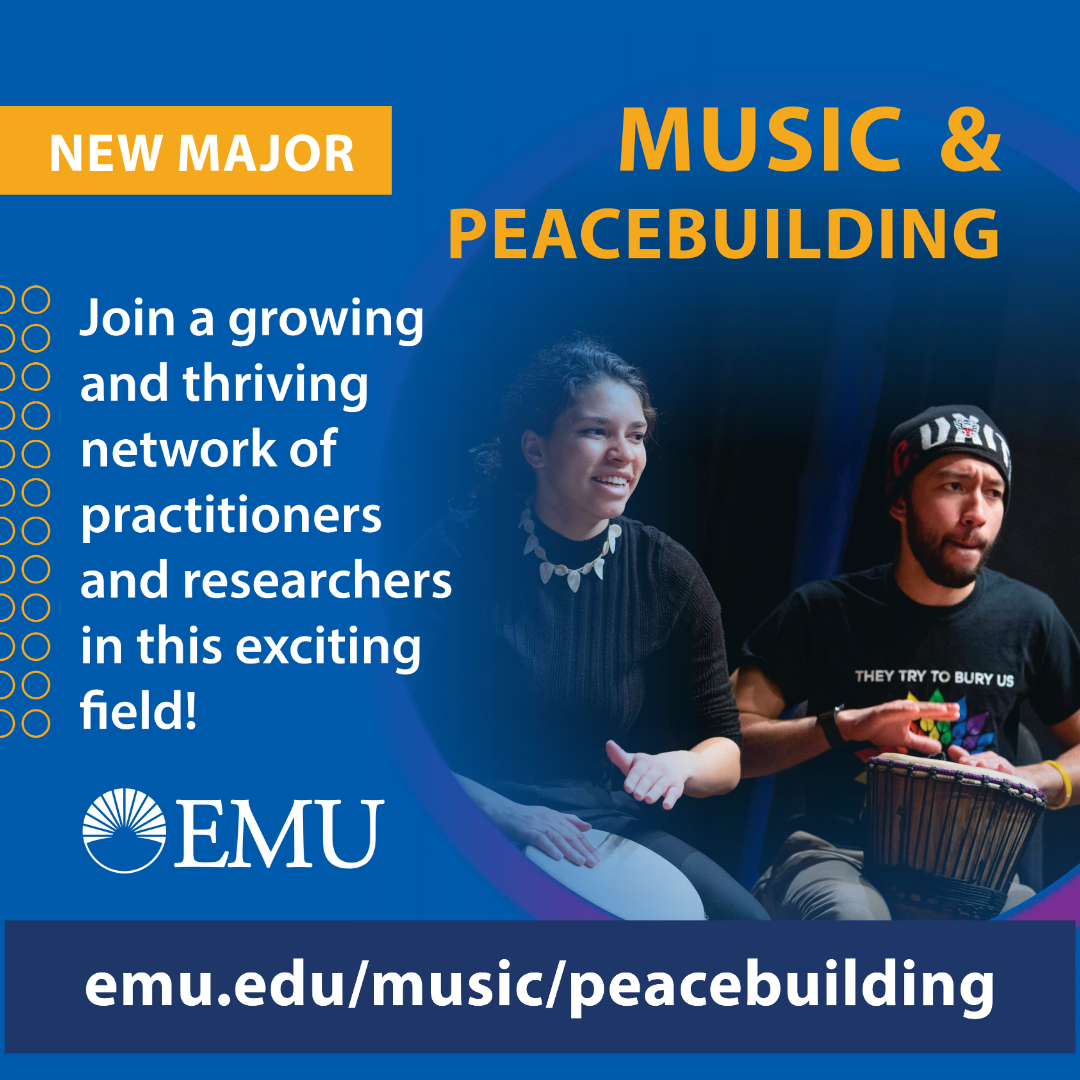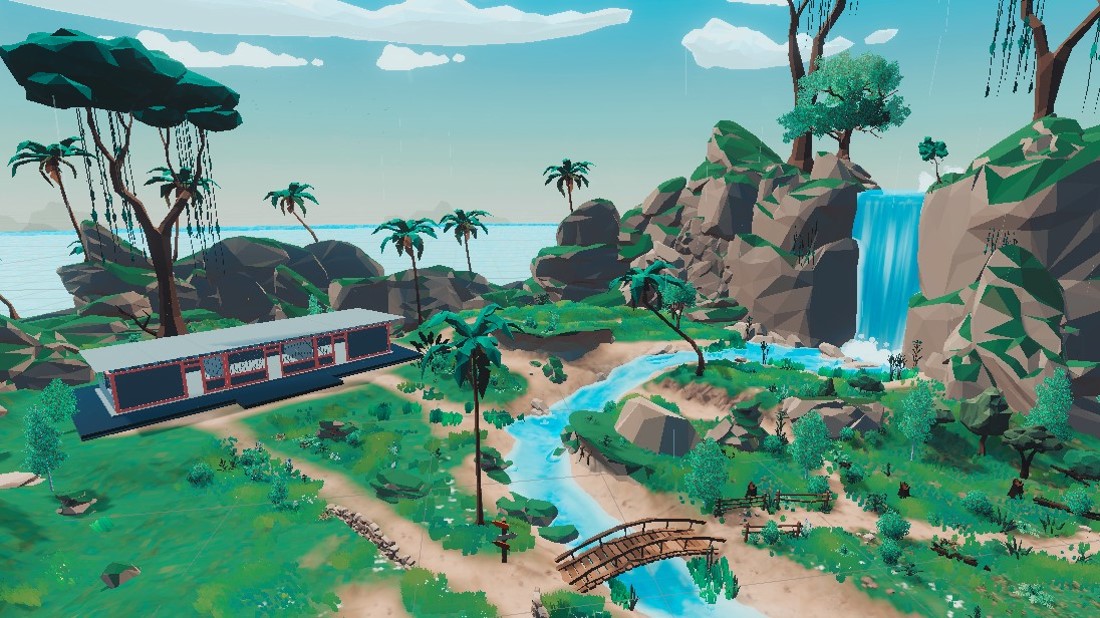
Virtual Empathy
How the technology of “extended reality” can help nonprofits
I’m hiking through rural Haiti; birds are soaring overhead and I hear the gentle sound of waves lapping against the shore. I come across a modest three-room school- house. I wander inside among the desks, pick up a piece of chalk, and playfully scribble my name on the board. Back outside I see a well, pump water into a bucket, and carry it back to the school. The Haitian flag is fluttering in the breeze, and I turn a crank to raise it high in the air.
I’m not back in Peace Corps. I’m in my living room, standing near the couch, and my cat is giving me a weird look as I remove the virtual reality headset, where all of the above just occurred.
Today I serve as the director of innovative philanthropy with Hope for Haiti, a nonprofit focused on poverty alleviation in the south of Haiti. In my role I attempt to bridge the gap between distant communities and those wanting to better understand and support our cause. At times, we struggle to show the impact of our work and connect people to a place that feels very far away. If we can’t bring everyone to Haiti, is there a way to bring Haiti to everyone?
We’ve all heard the phrase “meet people where they are.” If we can’t bring everyone to Haiti, is there a way to bring Haiti to everyone?
In an attempt to transcend geographical boundaries and help connect people to our work in an innovative way, we partnered with a virtual reality studio to re-create one of our partner schools in virtual reality. “XR,” standing for “extended reality,” has become a buzzword recently; it’s a term used to describe technologies such as virtual reality (VR) and augmented reality (AR). These technologies combine with or mirror the physical world, creating an environment that users immerse themselves in while they interact and explore.
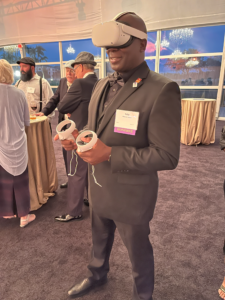
Hope for Haiti utilizes VR at their annual Naples, Florida, gala as an immersive way for attendees to connect with and explore Haiti. (Photo Credit: Hope for Haiti)
VR has been described as an empathy generator; indeed, studies show that it can increase empathy, compassion, and understanding in a way that traditional media cannot. VR can offer a glimpse into lives and locales far from our own, fostering a sense of presence and shared experience. It’s a tech tool that some nonprofits are starting to use, giving their supporters a new way to experience their mission. And it can be powerful. I’ve had moments when it almost felt too real – as if another human, rather than a VR avatar, was telling me their story, and I was a witness to their lived experience.
As powerful as it is, the technology has its limits. Not everyone has access to a VR headset, and building a VR experience can be costly. However, the landscape of philanthropy is rapidly changing, and the COVID-19 pandemic accelerated our integration into the digital world. Nonprofits need new ways to raise money, something that is becoming increasingly difficult to do. In 2023, charitable giving was down by 20 to 30 percent, according to Charity Navigator. Much of our lives is now conducted online, and for a nonprofit to survive and stand out among the noise, it needs to adapt.
VR headsets may not be common yet, but most of us have a smartphone inches from our hand at any given time. AR has become increasingly accessible to a broader audience, as it uses your smartphone’s camera to superimpose (or “augment”) graphics, animations, text, and more onto real-world objects. Consumer brands have done a great job of embracing these tools. For instance, companies like Amazon, Home Depot, and Warby Parker are using AR to help customers experience their products before purchasing. I was skeptical about trying on a pair of glasses virtually to see what they would look like on my face, but when I did, they looked good, and I bought them. Most of us have had similar experiences.
At Hope for Haiti, we recently partnered with Niantic, the tech company behind the popular gaming app Pokémon Go, to harness the power of AR for philanthropy and community building. Niantic launched a challenge (similar to a hackathon) for AR developers, asking them to build experiences focused on Haiti and our work. The winning apps included an avatar that leaps out of the screen to answer questions about Haiti; an interface that allows users to interact with our water filtration systems; and a game about distributing essential items to schoolchildren – all while educating new audiences about our work. We’ve all heard the phrase “meet people where they are,” and AR is a tool that younger audiences are using (think Snapchat filters); these users are also the next generation of donors.
As RPCVs, many of us continue to collaborate with international organizations and causes, and it can be difficult to meaningfully connect communities in the U.S. to places like the ones where we served. These tools can help us move away from a world defined by disconnection and a lack of authentic intimacy, and toward one where technology is used to cultivate compassion.
Sarah Porter (Macedonia 2005–07) is director of innovative philanthropy with Hope for Haiti.
Related Articles
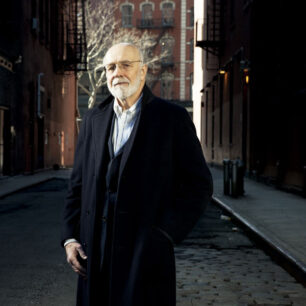
Made in America
Charlie Clifford (Peru 1967–69) is the founder of Tumi Inc., a global travel luggage brand, as well as Roam Luggage.…
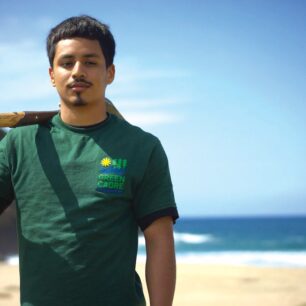
“Bigger Than Peace Corps”
California Service Corps is the largest state-based service program in the U.S. , with more than 10,000 volunteers across the…

Signal Boost
The digital world is awash in voices seeking monetary reward or improved social status, as the online acronym goes, IRL…
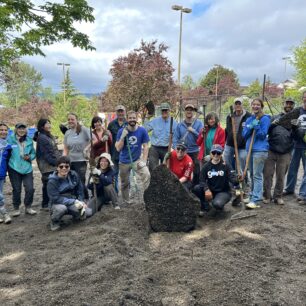
Garden of Refuge
As part of our commitment to continued service, the Seattle Peace Corps Association (SEAPAX) is partnering with World Relief Western…


